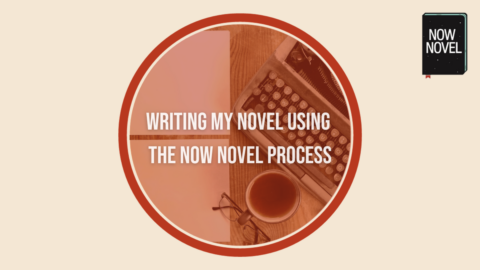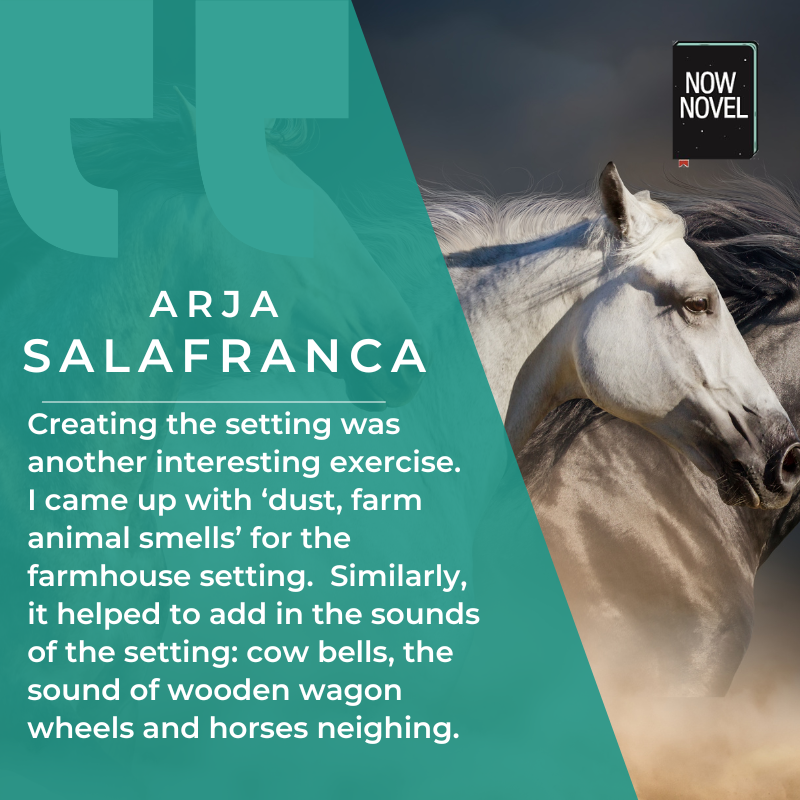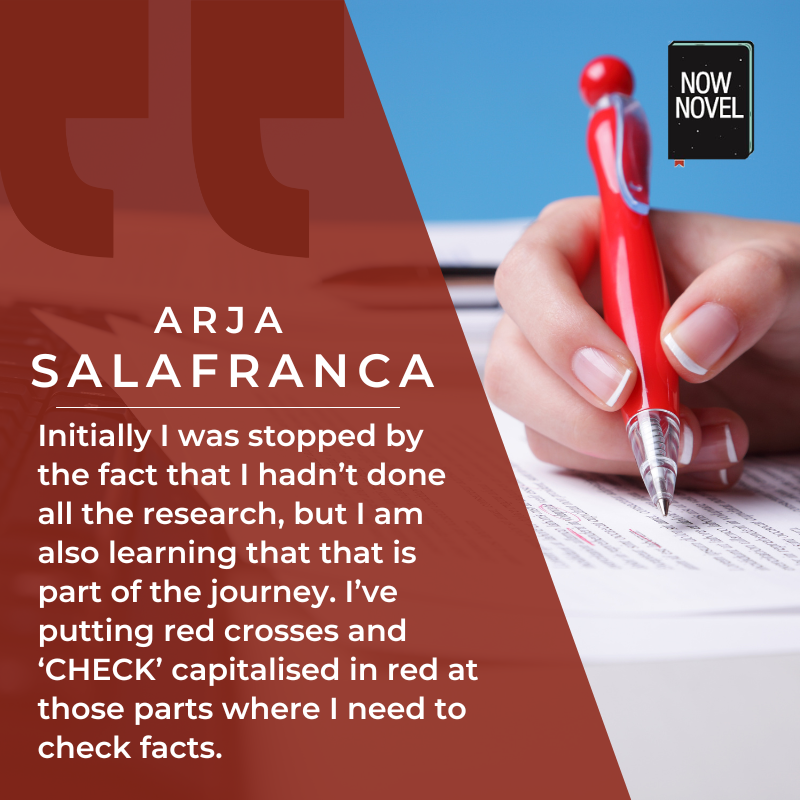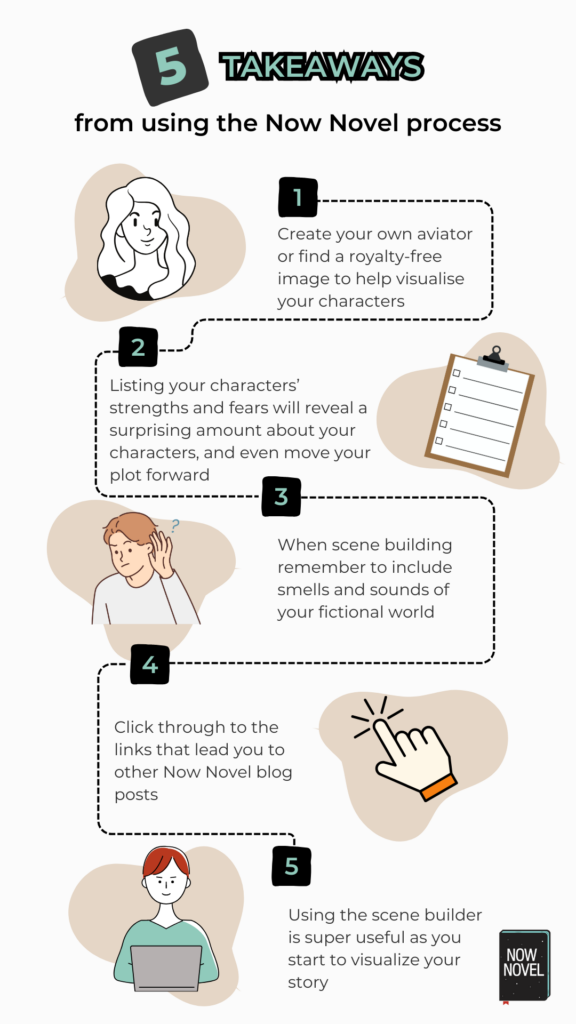In the following months I’ll be blogging about my own novel writing journey using the Now Novel process, from the highs to the lows, and how I manage to navigate them.
For years, I have lived with the bare bones of a story I want to set partly on a resort in the North West part of South Africa in at a rustic placed Utopia Resort. The story has changed shape in my head through the decades. In my twenties I imagined more of a fantastical novel of a character going into the bush meeting some of the selves she has been and some of her future selves. I tried writing that, but the shape seemed more of a play than a novel. And although I had written a collaborative play with two other people, I wasn’t yet ready to write a play on my own.
I shelved the idea. Some years ago I visited Utopia again at the invite of friends who have a holiday home there. I had visited as an eight-year-old and had never forgotten the dusty pink rocks, the rock pools and thee clear waters of the Tonquani River, but I hadn’t been back. A story started germinating again after my visits, again with fantastical elements, perhaps a visit to all the selves of the main protagonist, but it also never quite hit home, so to speak.
A story coalescing
A few years ago another idea coalesced. There were to be no fantastical elements in it. If I’m going to write a story of a character meeting past and future selves, it won’t be this one. Instead my idea centered on a woman in the 2020s who is hired to research and ‘ghost write’ the story of two women in the 1920s. It is a story about how to write a biography, how to imagine the past, as well as the impossible situation the two women find themselves in in the 1920s. The modern day story is set in Utopia, which I have renamed Shangri-La in my novel.
I wrote over 8,000 words of the novel, and although the characters continued living in my head, I had come to an impasse, not quite knowing how to move forward. I had created a brief outline so that I knew where I was going, more or less, but this was awkwardly done. I just listed the scenes, not very imaginatively at the beginning of my draft.
My first step though was to read over what I had written. I admit that I did this with a lot of trepidation! What if it was truly awful? What if I had to shelve the idea? My writers self doubt was raging, and haven’t we all been there?
So, breath held, I plunged in. This was a first draft, and totally unedited. I found repetition, and some points that would need correcting, like a character putting on face cream before washing her face. But these are all things that you correct when you are editing. I wanted to know if this was something worth pursuing.
You can choose from a range of avatars, or you can upload royalty-free images. My go to was Pexels.com, where I found images for my 1920s characters that fit perfectly. My story was beginning to pop. Somehow seeing characters in photographs really brings them alive.
Tweet This
I was so surprised to find that my 1920s characters and setting were alive and vivid. Surprised because my research around this era has proved elusive. You can read on below about some of the research I have undertaken. There are so many details I have yet to find out that I thought these gaps might have found their way into the writing. Instead these parts were well developed.
Instead I was surprised that the parts of the novel set in the 2020s were less ‘alive’. I’m taken aback as I live here now, I know what’s what, unlike the 1920s where I am constantly feeling my way. I think it’s because the 1920s characters are well developed in my head, I ‘know’ so much about them.
Now Novel Process
With the aim of moving the story along, I decided to try our own Now Novel process. I thought I knew my characters, and what motivations they had, and what the story arc and conflict was – but putting my story through the Now Novel Process was enlightening and surprising.
Firstly, the names changed. I’d been carrying around different versions of their names, and putting it all in the storyboard meant that I consolidated these new names. Then I got carried away with creating avatars for my characters. You can choose from a range of avatars, or you can upload royalty-free images. My go to was Pexels.com, where I found some images for my 1920s characters that fit perfectly. My story was beginning to pop. Somehow seeing characters in photographs really brings them alive. It’s not a technique that I’ve ever used before, but then, aside from writing novellas, most of my fiction has been focused on producing short stories. I haven’t felt I really needed to create detailed descriptions and character bibles.
Links to other blog posts
The other feature that is really useful when creating characters on the storyboard is that there are links throughout the process to blog posts that describe various elements of writing. So while you’re clicking through a suggestion pops up on character development tips for instance or creating loveable flawed characters. I got carried away reading some of these posts. I also loved adding strengths and weaknesses of my characters through the process.
Creating the setting was another interesting exercise. One of the questions was to describe the smells of the setting. As my story is set on Utopia, the resort and the 1920s farmhouse, I came up with ‘dust, farm animal smells’ which was helpful in imagining the setting, and something I hadn’t thought of before. This is definitely something that I want to work into my novel: I have scenes where my characters are sitting on the patio, and while one smokes (in the 1920s), I could describe that cigarette smell as well as the dry dust that is part of the setting, just before the rains come. Similarly, it helped to add in the sounds of the setting: cow bells, the sound of wooden wagon wheels, horses neighing.
START OUTLINING
YOUR NOVEL
Bring your idea to vivid life using the Now Novel dashboard
FIND OUT MORE >Charting plot beats and conflicts
Charting plot beats and potential conflicts is part of the plot process which I clicked through, learning some surprising things about both my characters’ motivations in the process. My 1920s characters want to avoid scandal, which is something I hadn’t actually formulated out loud, as it were, and something that I learned while filling in their character motivations. Yet that drives that part of the plot. I realised that I have more to do in terms of planning those plot beats, adding rising action and so on. Suggested reading here included the link to understanding the storytelling arc.
I’ve always loved the scene builder part of Now Novel’s process. I added the scenes I’d already written, as well as a few more that I haven’t. What’s super helpful about this is that you can visualise them, so that you have a ‘mind map’ of each scene. I’ll carry on adding to the scenes as I go.
Doing research
Moving onto research though: this is an area where I’ve had to go scrounging for facts at times. I have done some research into my story, including researching early 1920s fashions. I have a bright yellow folder into which I’ve added pages some of these fashions – which I find also helps with visualising my characters. Doing the 2020s is easy: I know what people wear, and I know the type of makeup used, for example. One of my 1920s characters, Rachel, wears makeup. I had a smear of eyeshadow on her eyes. This week I read a really helpful social history short memoir called When Johannesburg and I were Young by Juliet Marais Louw. It documents both Louw’s childhood and her teens, and one throwaway line, that eyeshadow wasn’t available stopped me dead in my tracks. Finding these sort of granular details is sometimes like looking for a needle in a haystack. Now to see if mascara was available in 1922 or so. I’m almost certain that lipstick was available, as I really need that character to wear lipstick at least. Her urban ways need to contrast with that of the rural Catherina, who lives on a farm.
Another Louw book describes her marriage in the years between the wars on a farm just outside Johannesburg. This was invaluable. For example there was no electricity on the farm Louw lived on (just as there isn’t on my farmhouse). Louw describes the kerosene lamps and the shadows they cast on the walls. Aha, of course, this detail makes sense. But not so easily imagined. I’m also finding that some novels written around that period are helpful in providing other period details. And I’ll be going to trawl through old newspaper archives to look at the photos and get a sense of that time.
I’ve also found watching a South African 2012 film, directed by Katinka Heyns, Die Wonderwerker really helpful for a look at a farmhouse in South Africa in the early years of the 20th century. It’s based on an episode in the life of the South African writer, Eugène Marais.
Here are a range of other tips to research historical fiction.
Initially I was stopped by the fact that I hadn’t done all the research, but I am also learning that that is part of the journey. I’ve putting red crosses and ‘CHECK’ capitalised in red at those parts where I need to check facts. I saw this used in another writer’s manuscript when he was writing about a past period and it’s working well.
I’ll be sharing my process and the difficulties of my novel writing journey through the months. I’ll carry on using the Now Novel process, as well as researching and moving through my story. I’ll share my triumphs and how I achieved them, and hope to impart some tips along the way.
If you’re interested in signing up too click here. And if you’d like to work with a coach you can check out this option too.






6 replies on “Writing my novel with the Now Novel process”
Hello Arja,
your current project sounds fascinating and I relate to your exacting pursuit of truth/reality through thorough research.
Also impressed with your quals and I have similar only the difference being that you have persisted, and gained recognitions, whereas I have been plagued with self doubts and wasted some time over the years which slowed my growth as a writer.
Thanks for the tip to use Now Novel’s process (I’ll do that for sure), along with Pexel and character development links. I had left first draft of my first novel on hold a few years and just bounced back into it now, with a new perspective.
I like poetry also, and am currently working on a piece set in 1903 – 1904 about a visionary Irishman and Chief Engineer of a water supply pipeline from Perth to Kalgoorlie.
At some stage very soon, I will sign up for the Process, too 😂
Can you please send details where I might get hold of some of your works, or is it all in the archives?
Best regards,
Andrew (Newcastle, Australia)
Dear Andrew, thank you so much for your comments.
Yes I really recommend The Process. I’d like to suggest that you try it, it might just help your own novel writing. And it’s certainly fun to bounce into your novel with such a technique. It really made my fictional world come alive.
Your poetry sounds interesting too — is that piece set in 1903 to 1904 part of your poetry? The idea sounds fascinating.
My work is available on the Modjaji Books website: https://www.modjajibooks.co.za/ And thank you for your interest!
Good luck with your writing!
You’re welcome, Arja! I have often wondered what it would be like to visit Africa after reading Wilbur Smith novels. Also took a look at the Modjaji website, and relate very much to the Albatross metaphor.
I wish I could shake it off. The poem I am working on (brewing since 2015), is about C.Y. O’Connor’s water pipeline dream. He was a visionary Irishman, and his Goldfields Water Pipeline was commissioned in 1896, and completed in 1903. In 1904, the official cost of the scheme was reported to be £2.66 million which was so close to O’Connor’s original estimate of £2.5 million it heightens the tragedy that he was heckled to death by the government and press – over its cost. He died by gunshot in 1902. This pipeline was completed under John Forrest’s guidance, (ancestor of Fortescue Metals’ Andrew ‘Twiggy’ Forrest who values ‘green’ steel), and still pumps today. I can’t see why a project like this cannot be replicated all over the world using solar and wind technologies. I’ll continue to write about it hoping to generate awareness of the potential for water to be pumped by renewable energy which can replenish waterways, and produce agriculture and aquaculture from dams and weirs. Not such a weird idea!
This sounds absolutely fascinating Andrew. I don’t know anything of this technology, but it sounds like it has tremendous potential.
Africa is a also a fascinating place, and so incredibly varied. South Africa alone has so many different habitats, and is incredibly beautiful. Hope you can visit one day!
An additional intriguing exercise was setting the scene. A question about the environment’s scents was asked. I came up with the idea of “dust, farm animal smells” because my story is set in Utopia, at the resort and the 1920s farmhouse. This was an original idea that helped me visualize the setting. Thanks for sharing.
Thanks so much Purav.